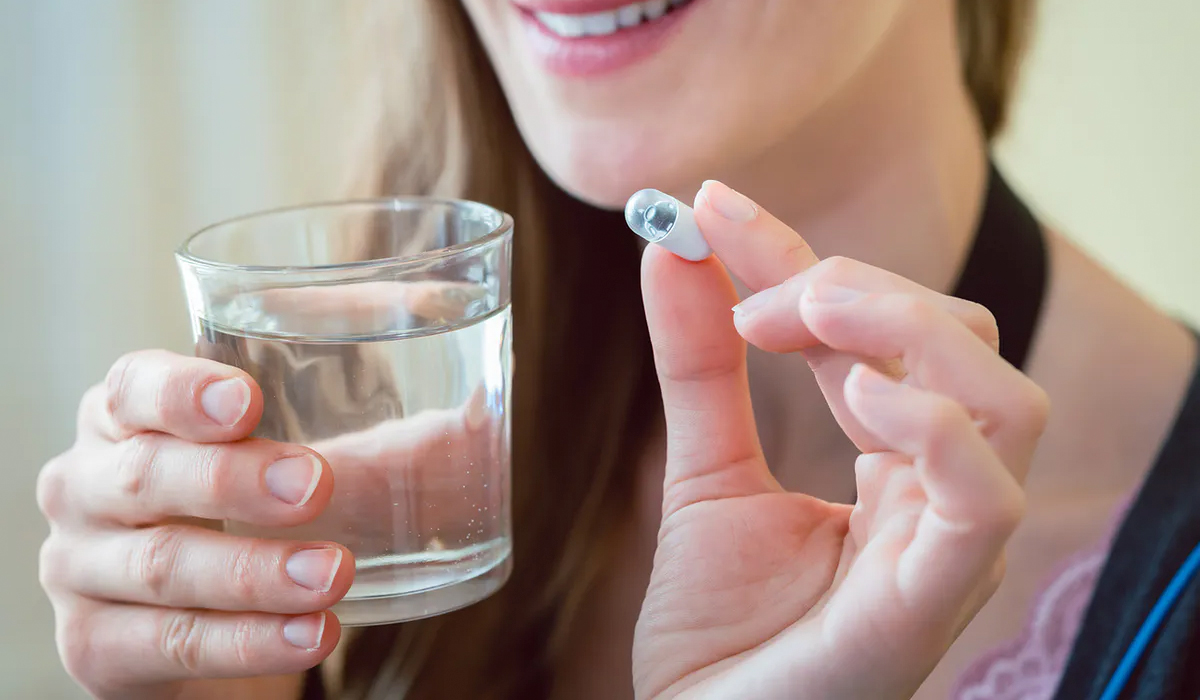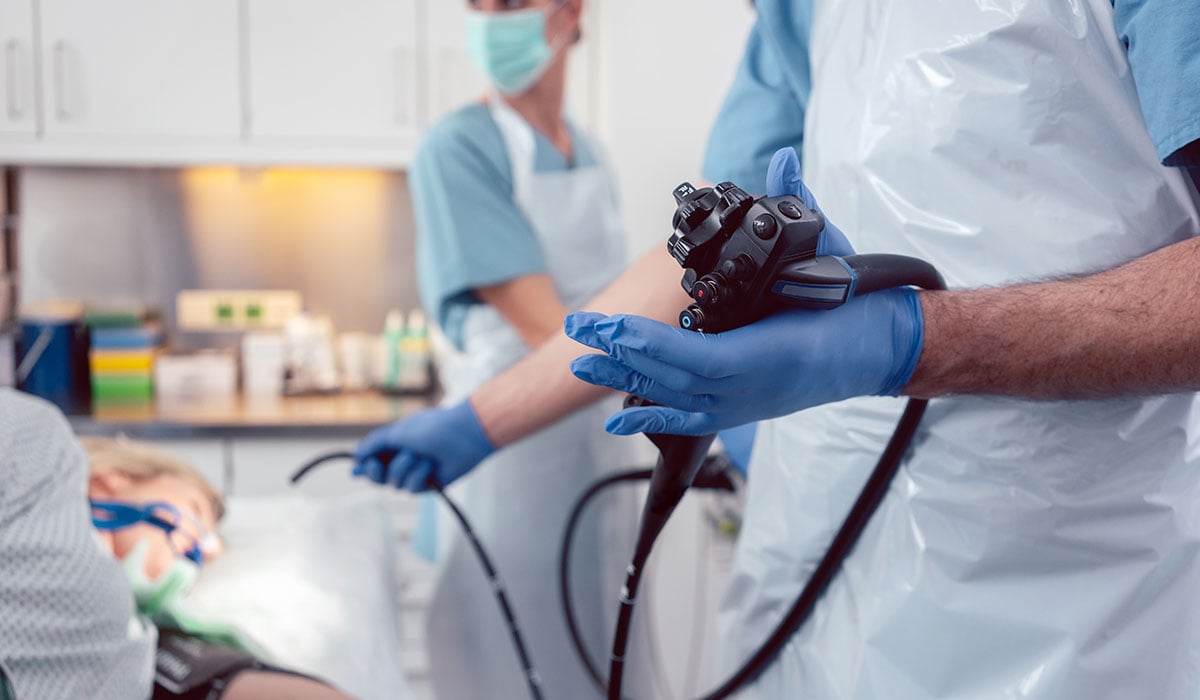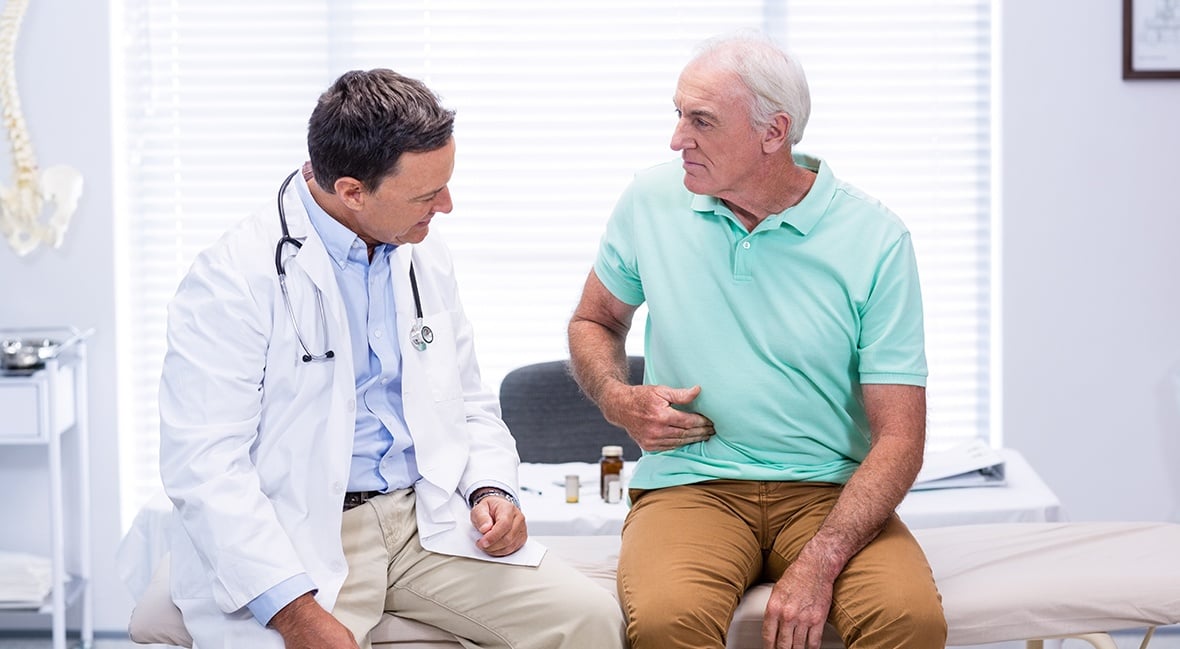For those suffering from bleeding, inflammation, or other issues along their digestive tract, your doctor might recommend a capsule endoscopy for a closer look at what the problem could be.
This less-invasive process is a safe and effective method of monitoring the inside of your small intestine, which isn’t easily reachable by traditional endoscopy.
Here’s what you need to know about capsule endoscopies:
What Is a Capsule Endoscopy?
A capsule endoscopy is a procedure in which a patient swallows a vitamin-sized capsule containing a camera to record images of their small intestine. It travels along the length of their digestive tract, recording and transmitting thousands of images to a device the patient wears around their waist.
Developed in the early 2000s, this method is more effective and reliable for reaching a patient’s small intestine than a traditional endoscopy or colonoscopy, which involves inserting a long tube with a video camera down the throat or through the rectum.
When Are They Used?
Generally, a capsule endoscopy is used to evaluate issues with the small intestine, including gastrointestinal bleeding, polyps, inflammatory bowel disease (Crohn’s disease), and ulcers.
They can also be utilized to help diagnose celiac disease and cancerous tumors in the small intestine. They can also assist in follow-up testing, if X-rays or other imaging tests are unclear or inconclusive.
The process is relatively safe for most patients, but complications including bowel obstructions can occur. While this is very rare, patients experiencing bloating, nausea, vomiting, abdominal pain, fever, or trouble swallowing after the procedure should contact their doctor.
What to Expect
Your doctor is likely to ask you to refrain from eating and drinking for at least 12 hours prior to the procedure to help the camera capture clearer images. They may also recommend against strenuous activity, which could interfere with the process, and may reschedule if you fail to follow such instructions.
Once properly connected, the patient swallows the camera capsule with water, and internal images are captured. Typically, patients won’t feel the capsule after swallowing, and should be able to continue daily activities.
The process is typically complete after about eight hours or passage of the capsule by a bowel movement. Flush the capsule, remove the patches and recorder, and follow provided instructions for returning the equipment to the doctor.
The data are transferred to a computer, and images edited into a coherent video examined by your doctor to identify any abnormalities within your digestive tract.
Expect the results of your capsule endoscopy after about a week, depending on your doctor. Depending on diagnosis and whether further treatment is required, a further endoscopic procedure may be recommended.
Gastroenterology Associates specializes in providing high-quality digestive healthcare. We are conveniently located adjacent to Long Island Center for Digestive Health (LICDH), a New York State-licensed, non-hospital outpatient facility dedicated to providing high-quality endoscopic and colonoscopic services. For more information or to schedule an appointment, contact us today!












